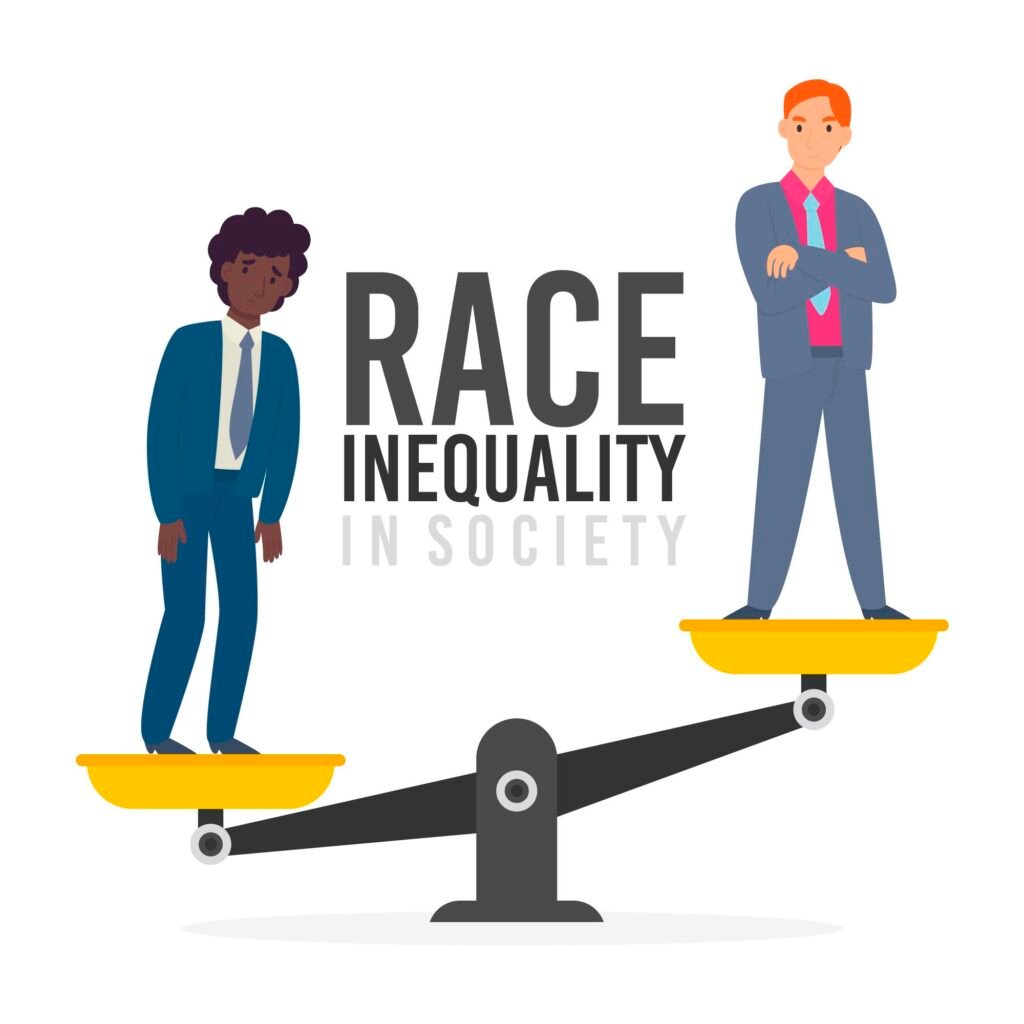
Leadership Balance: Leading with Empathy and Authority in Modern Organizations
Leadership Balance: Leading with Empathy and Authority in Modern Organizations
Leadership is not a title. It’s not about power, rank, or control. Leadership is a mindset — a daily practice of influence, inspiration, and responsibility. It’s about shaping people’s energy, decisions, and growth through how you act, communicate, and decide.
In today’s fast-moving business world, leadership is no longer about management alone. Management focuses on processes, performance, and measurable outcomes. Leadership, however, is about purpose, people, and progress. The manager drives results through structure and control. The leader drives excellence through clarity and trust.
The real challenge lies in balance. How can a leader maintain authority, enforce accountability, and still be empathetic, approachable, and human? How do you lead with both strength and heart — especially when teams are diverse, remote, and under constant pressure?
That’s where modern leadership begins — in the balance between firmness and empathy.
From Control to Connection
For decades, leadership was defined by control. The “command-and-control” model dominated organizations: top-down decisions, strict supervision, minimal flexibility. It worked in factories, armies, and bureaucratic systems where predictability was key.
But the modern workplace is different. It’s digital, fast, and built on knowledge and creativity. You can’t control innovation — you can only nurture it. You can’t demand engagement — you must inspire it.
In organizations today, people don’t leave jobs — they leave managers. They leave environments that suffocate creativity, ignore their ideas, or make them feel small. The leaders who win in this new era are those who connect — who turn authority into alignment, and power into partnership.
The Meaning of Positive Authority
Authority isn’t about dominance; it’s about direction. A leader’s authority should not create fear but confidence. True authority comes from consistency, fairness, and the ability to make decisions that people can trust, even when they’re tough.
Positive authority means setting clear expectations, enforcing them justly, and being transparent about the “why” behind every decision. It’s about leading by principles, not moods.
An authoritarian manager says, “Do it because I said so.”
A strong leader says, “Here’s why it matters, and here’s how we’ll do it better.”
When leaders misuse authority, they damage initiative. People stop thinking, stop suggesting, and start waiting for orders. But when authority is used wisely — to guide, protect, and empower — it becomes a force for growth.
The Role of Empathy in Modern Leadership
Empathy isn’t softness. It’s strategic awareness. It’s the ability to understand what drives people — their fears, motivations, and circumstances — and to use that understanding to lead more effectively.
An empathetic leader listens before judging, asks before deciding, and supports before criticizing. They know that behind every performance issue there might be a personal struggle, a misunderstanding, or simply a lack of clarity.
When employees feel seen and understood, their performance rises naturally. They don’t need constant supervision; they need meaningful connection.
Empathy also builds loyalty. In crises, employees will go the extra mile for a leader who once stood by them. They won’t do the same for someone who only sees them as resources.
The secret of empathy in leadership is balance — you care deeply about people, but you still hold them accountable. You support them emotionally, but you never compromise standards.
Leadership Through Communication
Leadership lives and dies by communication. You can have the best vision, the smartest strategy, and the most advanced systems — but if your message doesn’t reach hearts and minds, it fails.
Great leaders communicate with purpose. They don’t talk more; they talk better. They use words that clarify, not confuse. They build a shared language around the mission, values, and priorities of the team.
But communication isn’t just speaking — it’s listening, too. Listening to feedback, to hesitation, to what’s not being said.
In modern organizations, communication needs to be constant, open, and two-way. Employees should feel safe to question, contribute, and challenge — not just to obey. That’s how real engagement begins.
And remember: silence from your team doesn’t mean agreement. It often means fear or disconnection. A good leader keeps dialogue alive even when it’s uncomfortable.

Building Trust: The Foundation of Leadership
Trust is not given — it’s earned through consistent action. Teams don’t follow titles; they follow people they believe in. Every decision, every reaction, and every promise you keep or break becomes part of your trust equation.
A leader who hides behind excuses, blames others, or avoids accountability loses credibility fast.
But a leader who owns mistakes, admits uncertainty, and still moves forward with integrity earns respect — even from critics.
Trust is built through transparency. When leaders share context — why a decision was made, what’s coming next, what challenges lie ahead — they create inclusion. People feel part of something bigger than their daily tasks.
Trust also requires fairness. When rewards and feedback are based on effort and impact, not favoritism or politics, people work with pride instead of fear.
Motivation by Example
You can’t motivate people by speeches if your actions don’t match your words. True motivation comes from example.
When your team sees you working hard, staying calm under stress, and treating everyone with respect — they mirror you. When they see you admit mistakes and still lead forward — they gain courage.
Leadership isn’t about demanding excellence; it’s about demonstrating it.
Your consistency becomes the culture. If you show urgency, they move faster. If you show composure, they stay grounded. If you show respect, they start respecting each other.
The most powerful motivator isn’t money or fear — it’s pride. People want to be proud of their leader and their workplace. Give them a reason to be.
Leadership in Times of Change
Change is the ultimate test of leadership. It exposes your ability to adapt, communicate, and maintain trust when stability disappears.
In the digital and global era, change isn’t occasional — it’s constant. New tools, new competitors, new customer expectations. That’s why leaders must replace rigidity with agility.
The best leaders see change as an opportunity to evolve. They prepare people for it through transparency, training, and emotional reassurance. They say, “We’re in this together,” not “Figure it out yourselves.”
When leaders resist change, they trap their teams in fear and nostalgia. When they embrace it with courage, they turn uncertainty into innovation.
Adaptable leadership means admitting you don’t have all the answers — but you’re willing to find them with your team. That humility builds confidence, not weakness.
Balancing Firmness and Empathy in Practice
The art of balance lies in daily choices. It’s not a theory; it’s a discipline.
Start by setting clear rules — clarity reduces conflict. Communicate expectations upfront. Then, apply them consistently, without exceptions based on personal preference.
When mistakes happen, investigate before judging. Ask questions. Listen to context. Then respond fairly.
At the same time, celebrate success openly. Recognize people in public, correct them in private.
Balance also means being approachable without losing authority. You can be kind without being weak. You can be respected without being feared.
A balanced leader doesn’t aim to be loved by everyone — they aim to be trusted by everyone.
Leading with Humanity in the Digital Age
As automation, AI, and data reshape organizations, the human side of leadership becomes even more critical. Machines can optimize processes, but only humans can inspire meaning.
Leaders must remember that behind every metric is a person — with emotions, ambitions, and limits.
Modern leadership requires digital literacy and emotional intelligence. You need to understand systems, but you must also understand people.
The future belongs to leaders who blend both — who can use data to make smarter decisions, and empathy to make fairer ones.
Finaly, Leadership is not about control; it’s about connection. It’s not about power; it’s about purpose. It’s not about being right; it’s about doing what’s right.
Every leader faces the same daily choice:
Will you lead through fear — or through trust?
Will you demand respect — or earn it?
The leaders who master the balance between empathy and authority create organizations that are not just productive — but alive. Teams that don’t just follow — but believe.
Because leadership, at its core, is not about you.
It’s about everyone who becomes better because of you.
Tag:Leadership



